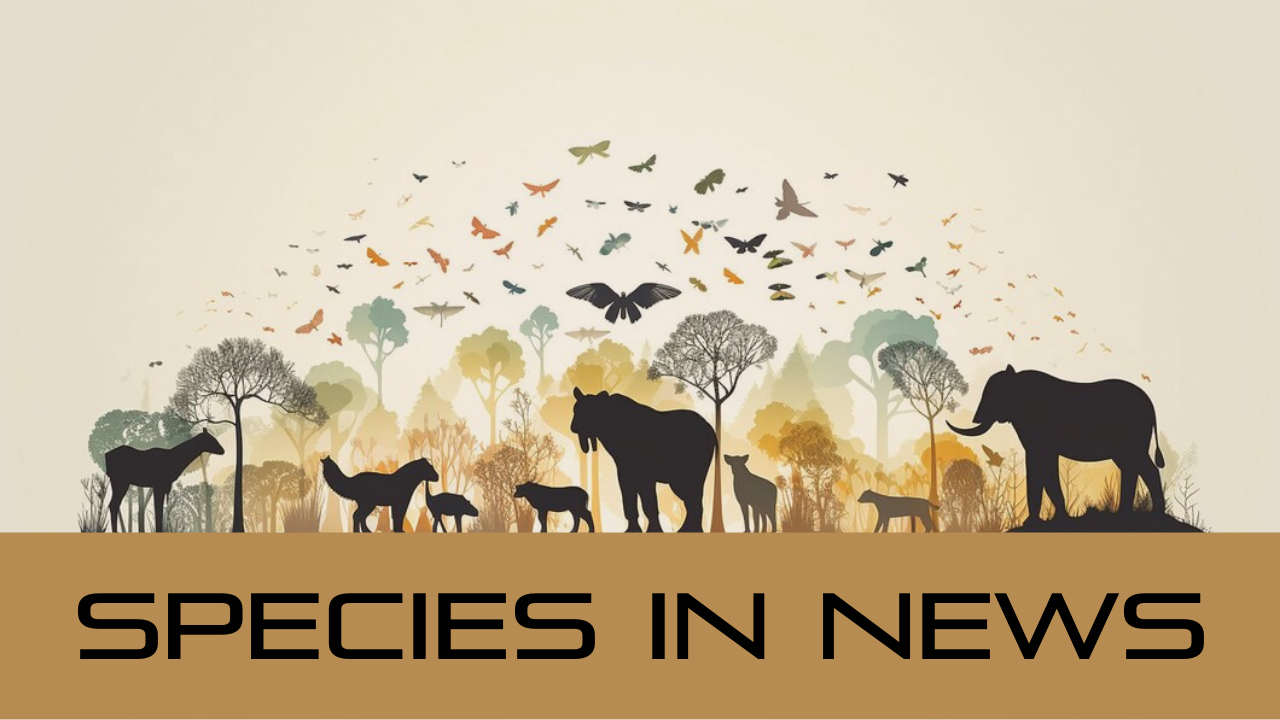Font size:
Print
Dengue
Context
- Dengue is sweeping over Latin America.
More on News
-
-
- As per newspaper reports, more than 6 million cases were reported in the region that includes South America, Central America, Mexico, and the Caribbean, over a third more than the 4.4 million reported in all of 2023.
- Between 2000 and 2019, the World Health Organisation (WHO) reported a ten fold increase (from 500000 to 5.2 million) in the number of cases worldwide, with an unusual high in 2019.
-
Causes of Dengue
Climate Change and Rising Temperatures
-
-
- Ideal Conditions for Mosquitoes: Soaring global temperatures have created favorable environments for mosquitoes to thrive.
- Expanded Habitat: Most mosquito species prefer warmer temperatures, leading to increased breeding and survival areas, notably in Latin America and the Caribbean.
- Extended Mosquito Season: Higher temperatures have prolonged the period when mosquitoes are active, facilitating the transmission of vector-borne diseases like dengue.
-
Impact of Extreme Weather Events
-
-
- Multiplication of Mosquito Population: Extreme weather events, such as untimely rainfall, storms, flooding, and rising sea levels, create stagnant pools of water ideal for mosquito breeding.
- Droughts and Water Collection: Droughts prompt people to collect and store water in containers, inadvertently creating breeding sites for mosquitoes.
-
Rapid Urbanization
-
-
- Shantytowns as Breeding Grounds: Rapid urbanization, particularly in Latin America, results in the proliferation of shantytowns with abundant standing water, providing ample breeding grounds for mosquitoes.
-
Lack of High-Efficacy Dengue Vaccine
-
-
- Absence of Effective Vaccination: The absence of a high-efficacy dengue vaccine on a large scale hampers efforts to control the spread of the disease.
-
Syndrome
Dengue, a mosquito-borne viral illness, can result in a spectrum of clinical presentations – from mild fever to severe hemorrhagic fever and potentially fatal dengue shock syndrome
-
Dengue Fever:
-
- Dengue fever often starts with a sudden onset of high temperature, reaching 104°F (40°C) or higher.
- Other common symptoms include severe headaches, eye pain, muscle and joint pain, exhaustion, and an overall feeling of malaise.
- Patients may also develop a rash, nausea, vomiting, and minor bleeding symptoms like nosebleeds, gum bleeding, or easy bruising.
-
-
Dengue Hemorrhagic Fever (DHF):
-
- It is a severe form of dengue having potentially fatal consequences due to increased vascular permeability, plasma leakage, and bleeding.
- They are similar to those of conventional dengue fever, but they also include indicators of fluid accumulation, severe abdominal pain, fast breathing, and restlessness.
-
-
Dengue Shock Syndrome (DSS):
-
- Dengue shock syndrome (DSS) is the most severe form of dengue.
- It is characterized by extensive plasma leakage that causes deep shock and eventually circulatory collapse.
- The indicators of circulatory instability that are present in patients with DSS include a weak and fast pulse, narrowing pulse pressure, cold, clammy extremities, and impaired mental status.
-
-
Vaccines for Dengue
-
- Qdenga: A Japanese-made vaccine, but its high price makes it inaccessible to many.
- Dengvaxia: A French-made vaccine, only suitable for individuals who have previously had a dengue infection.
-
Best practices and international efforts to mitigate dengue and related diseases:
- World Health Organization’s Global Strategy Global Strategy for Dengue Prevention and Control (2012–2020): To 2020 to reduce the impact of dengue and related diseases.
- Goals: To reduce dengue-related deaths by at least 50% and decrease the number of people getting sick with dengue by at least 25% by the year 2020.
- National Vector Borne Disease Control Programme (NVBDCP): Began in 2003–04 to prevent and control diseases spread by vectors.
- Diseases Covered: The programme targeted diseases such as Japanese Encephalitis (JE), Dengue, Kala–azar, Lymphatic Filariasis, Malaria, and Chikungunya.
- It was later integrated into the National Health Mission, a comprehensive healthcare initiative in India.

